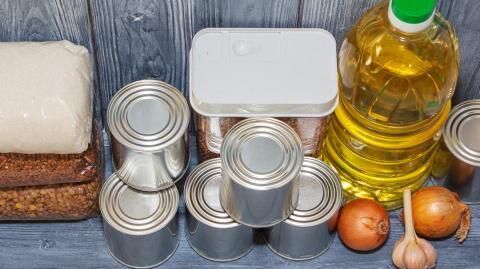The freezer is very handy when you need to have vegetables on hand and ready to use. Frozen vegetables or fresh vegetables are usually stored in bags so that you only have to take them out of the fridge or freezer when you want to cook them. This is useful, but there are some rules to follow for the proper conservation of these products. Allow us to explain!
Discover our latest podcast
Freezing time
Vegetables can be stored in the freezer for up to 1 year. However, some products are more perishable than others and should be eaten earlier. This is the case of courgette, which must be eaten within 4 months, carrots within 8 months, and cabbage or butternut squash which must be eaten within 6 months. For other vegetables, you can wait up to 12 months.
Be sure to freeze vegetables in freezer bags or airtight storage containers. Don't hesitate to freeze small portions rather than a large quantity of vegetables.
The blanching technique
If you want to preserve your vegetables for a long period of time, there is a simple trick: blanching. This consists of putting the vegetables in boiling water for a few minutes. This technique will not only preserve the beautiful colour of your vegetables but also their taste. Once taken out and drained, they will have to be put into very cold water to stop the cooking process.
Water-rich vegetables
Some vegetables don't really belong in the freezer. This is the case for those that are very rich in water, such as eggplant, courgette or tomatoes. They can be frozen if cooked, but the taste and texture may be different. This can be done once in a while, but it is best to eat them fresh. If you want to freeze them, cook them first.















